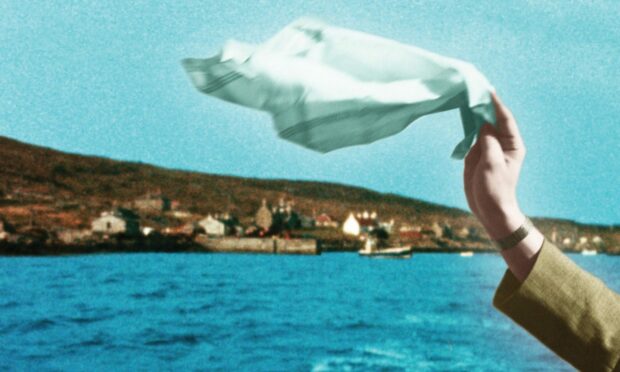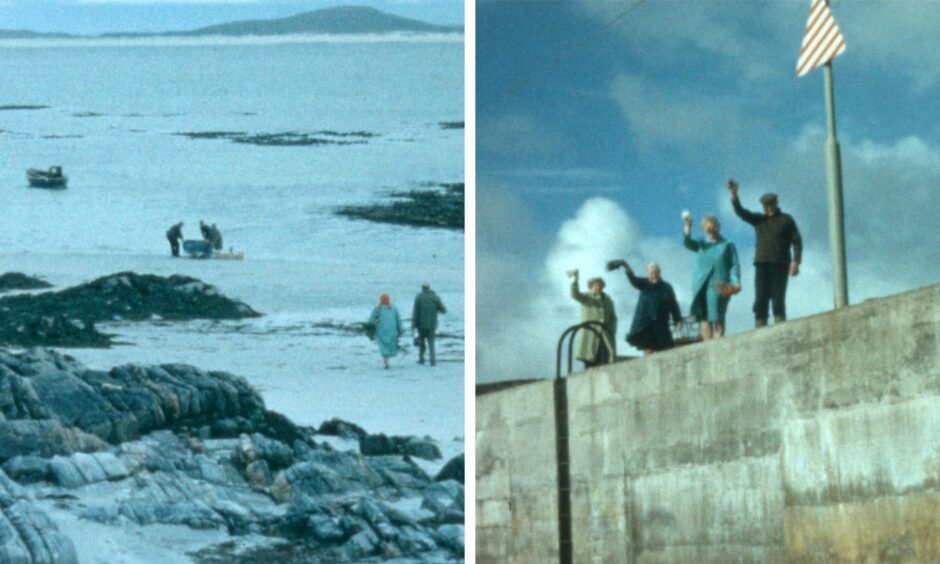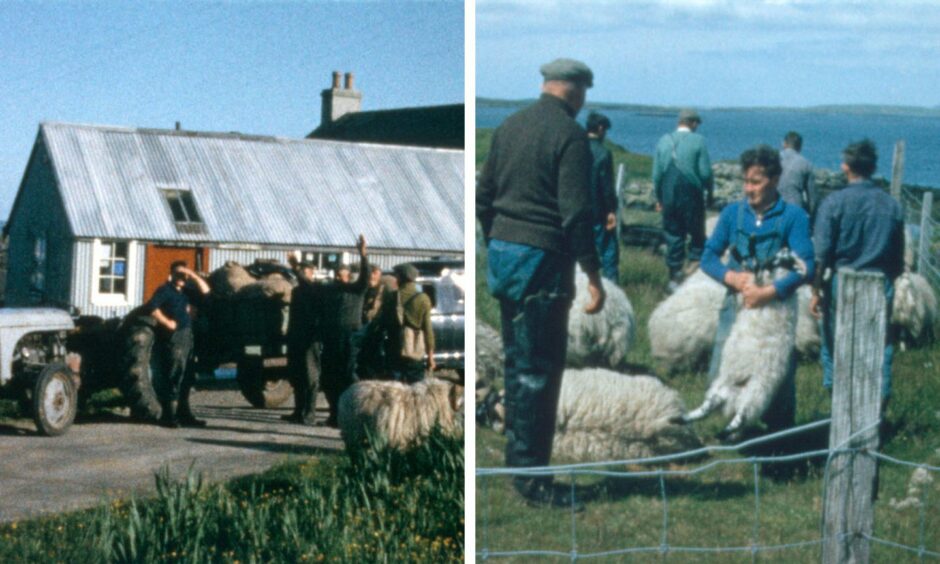A new film showing life on the remote island of Berneray in the Outer Hebrides will premiere at the Edinburgh International Film Festival (EIFF).
This year the EIFF celebrates its 75th anniversary of highlighting important pieces of film that showcase Scotland.
Dùthchas is being screened to audiences at the festival and is the work of directors, Andy MacKinnon and Kirsty MacDonald.
While Dùthchas does not directly translate into English, Mr MacKinnon says it’s a Gaelic concept that evokes a “sense of belonging, identity and community”.
The film is an archival film montage from the 1960s and 1970s by Bill and Ann Scott, who would holiday on Berneray during that time.
Every time the couple reluctantly left on the ferry back to the mainland, they captured footage of the residents waving back.
The footage shows the way of island life and highlights the impact of people leaving the island and the eventual dissipation of the Gaelic language through the generations.
In the 1970s, all of the island’s population were Gaelic speakers, however, that has fallen to only around 30 out of 150 residents today.
Berneray’s population is now a mix of islanders and people who have moved for work, so Gaelic culture has dissipated over the decades.
Weaved in through the film are interviews with islanders who have or currently live on Berneray.
Filmmakers relied on fundraising from people interested in the project, raising over £4,000 to get the archive film digitised.
‘Completely self-sustainable culture’
Co-director Kirsty MacDonald, who is from North Uist but went to school on Berneray, says the project was very personal, and at a private screening, the film had residents in tears.
She also noted the film was created in collaboration with people native to Berneray and offers a unique insight into island life, as opposed to outside film crews.
Ms MacDonald said: “The effect of leaving had over time resulted in a lot of cultural and linguistic loss, as was happening with other islands.
“You can see in the archive footage, the island is 100% Gaelic speaking in the 1970s and cut to 50 years later, and the dominant language on the island is now English.”
When speaking with islanders, Ms MacDonald noted some expressed “disappointment” at the loss of Gaelic throughout the decades.
However, she says that every resident was grateful people moved to the island, allowing the island to stay viable as a community.
If not for the influx of people coming to the island bringing culture, jobs and labour, Berneray may have had to evacuate due to low population numbers.
Ms MacDonald added: “It’s a double-edged sword, on the one hand, the islander’s way of life and language has almost disappeared but on the other hand, they are grateful that Berneray is now a very different place and see why this change has happened.
“The islanders loved seeing the film footage and they found it really emotional to look back and see, and to remember that time when life was self-sustaining.
“It was a completely self-sustainable culture; they fished, they crofted and grew their own crops. They didn’t need to rely on the outside world.”
Ms MacDonald, along with co-director Andy MacKinnon, were thankful to the people of Berneray for their contributions.
She said: “It’s been a huge privilege to make this. It’s very much thanks to the people of Berneray because, without their openness and willingness to participate, we wouldn’t be able to make this film. They’ve told their own story.”
The film will premiere on Saturday, August 20, at the EIFF.













Conversation